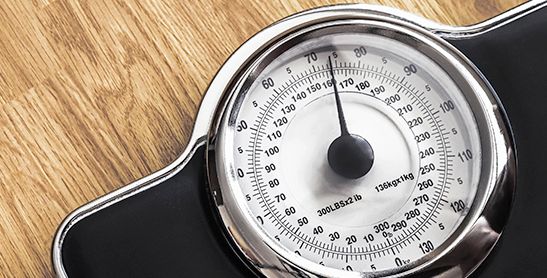Article
Oral Butyrate Supplementation Could Be Effective in Treating Pediatric Obesity

Data from a randomized trial examining oral butyrate supplementation in pediatric populations suggests use of the gut microbiome-derived metabolite could be an effective strategy for treating pediatric obesity.
Named the Butyrate Against Pediatric Obesity (BAPO) trial, results of the study, which used a decrease of at least 0.25 BMI SD scores at 6 months as the primary outcome, demonstrate use of oral butyrate 20 mg/kg body weight per day was associated with a 40% absolute increase in the rate of the primary outcome compared to placebo, with results also suggesting use was associated with superior reductions in weight circumference, HOMA-IR, and IL-6 levels.
“The findings of this study suggest that in children with obesity, oral butyrate supplementation may produce a reduction of BMI and exerts beneficial effects on glucose metabolism and inflammation,” wrote investigators. “These data support the importance of the [gut microbiome]-derived metabolite butyrate as a protective factor against obesity, highlighting the central role of a healthy diet and GM function to achieve an optimal endogenous production of butyrate.”
In recent years, both weight management and the role of gut microbiome in overall health have undergone complete revolutions. As the fields have progressed, research into the impact of gut microbiome on metabolic health, including promotion of obesity has become a focal point of many research endeavors. Citing a 2020 literature review outlining the effects of butyrate production on incidence of obesity, the BAPO trial was designed to examine whether butyrate supplementation could be an effective treatment for obesity in pediatric populations.
A randomized, quadruple-blind, parallel-group, placebo-controlled trial, BAPO randomized patients aged 5-17 years with a BMI greater than the 95th percentile to oral butyrate supplementation at 20 mg/kg body weight per day or placebo therapy for 6 months, with a decrease of at least 0.25 BMI SD scores at 6 months as the primary outcome of interest. The trial randomized 54 children with obesity to the butyrate and placebo therapy groups, with 6 patients being lost to follow-up prior to completion of the trial. The overall study population had mean age of 11 (SD, 2.91) years and 57% were female.
Investigators pointed out the trial’s intention-to-treat analysis also included multiple secondary outcomes of interest, such as changes in waist circumference, fasting glucose, insulin, total cholesterol, LDL-C, HDL-C, triglyceride, ghrelin, microRNA-221, IL-6 levels, HOMA-IR, dietary and lifestyle habits, and gut microbiome structure.
Upon analysis, results suggest those randomized to treatment with butyrate had a greater rate of BMI decrease greater than or equal to 0.25 SD at 6 months, with such a decline occurring among 96% of those receiving butyrate compared to 56% among the placebo arm (absolute benefit increase, 40% [95% CI, 21 to 61%]; P <.01). In the per-protocol analysis, which included the 48 not lost to follow-up, results indicated those in the butyrate arm experienced greater changes in waist circumference (−5.07 cm [95% CI −7.68 to −2.46 cm]; P <.001), insulin level (−5.41 μU/mL [95% CI, −10.49 to −0.34 μU/mL]; P=.03), HOMA-IR (−1.14 [95%CI, −2.13 to −0.15]; P=.02), ghrelin level (−47.89 μg/mL [95% CI, −91.80 to −3.98 μg/mL]; P<.001), microRNA221 relative expression (−2.17 [95% CI,−3.35 to −0.99]; P <.001), and IL-6 level (−4.81pg/mL [95% CI, −7.74 to −1.88 pg/mL]; P <.001) compared to their counterparts receiving placebo therapy.
Further analysis demonstrated similar patterns of adherence to standard care was observed across both study arms and baseline gut microbiome signature predictable of therapeutic response were identified as part of the analyses. Investigators pointed out mild nausea and headache were reported by 2 patients during the first month of the butyrate intervention.
“The lower adherence rate and higher frequency of mild adverse effects observed in patients treated with butyrate suggest that the unpleasant organoleptic features of this compound may limit its clinical application,” investigators concluded. “Hence, development of new butyrate-based compounds free of these unpleasant features is advocated for a more effective therapeutic action of butyrate against pediatric obesity.”
This study, “Therapeutic Effects of Butyrate on Pediatric Obesity,” was published in JAMA Network Open.




